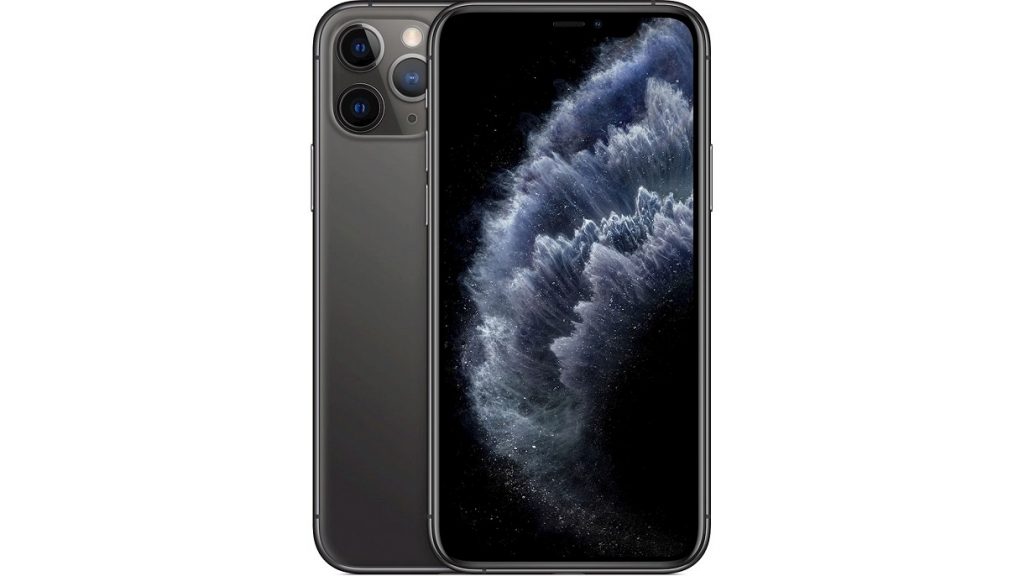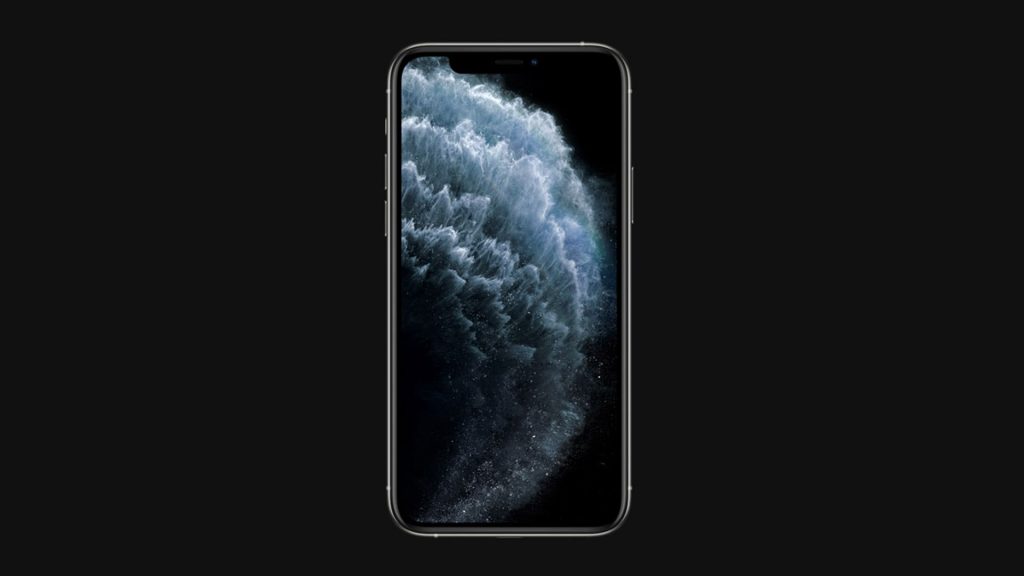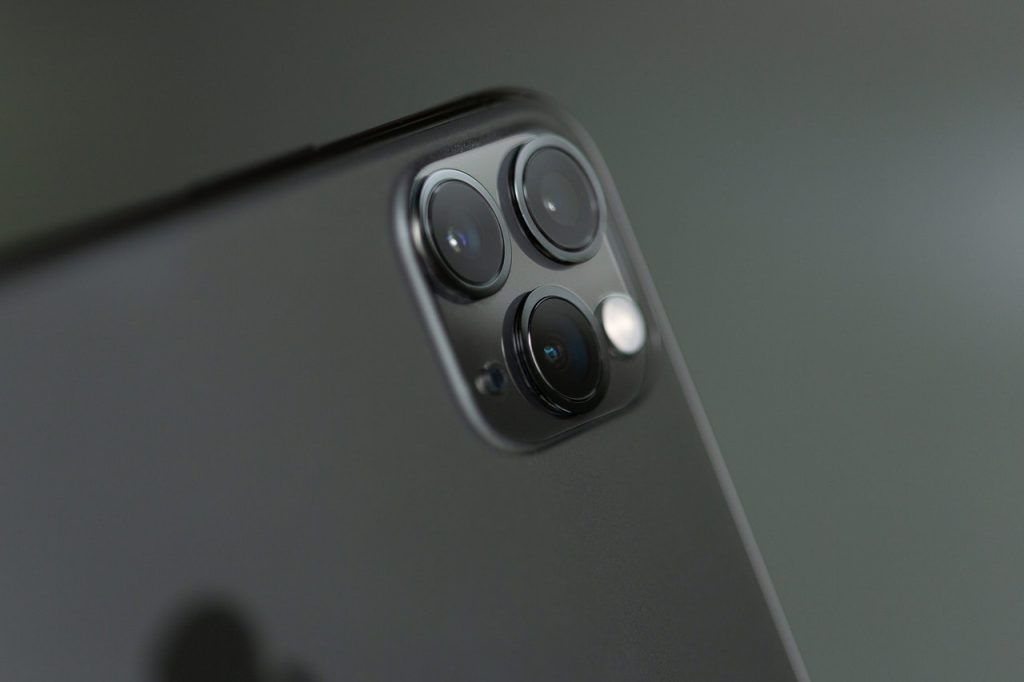Apple has been experiencing a decline in iPhone sales worldwide. The iPhone 11 Pro is expected to raise the bar and restore its legacy to the smartphone market with the apple 11 Pro again. But do you think, this iPhone 11 Pro will help Apple to survive the competition?
After the release of iPhone X Apple actually revived its good old fashioned business, yet this trillion-dollar tech giant was losing sales because of many other smartphones from other competitors but Apple returns to the good old Arabic figures with the iPhone 11. And now A “Pro” is added to it last September 2019, echoing the current segmentation of MacBook and defining a more clear line for the company. An iPhone 11 Pro and 11 Pro Max are now the main competitors of the existing flagship phone market. The iPhone is selling less well, facing fierce competition from Huawei – affected, but not yet sunk – or a Samsung perked up. The Xiaomi, Oppo, and OnePlus are also on the lookout, highlighting their innovative strength.
Long confident of its strengths, Apple seems to have become aware of its need to stick to the competition. Glue back only, without getting ahead, especially in photos. The iPhone 11 Pro has also stopped the steady increase in prices. It must be said that the attack price of the Apple smartphone is € 1,159, for only 64 GB of internal memory. It takes € 1,329 for the 256 GB version and € 1,559 for a 512 GB model. At this price, we have the right to expect Apple to do more than just follow the competition.
Ergonomics, Captivating and Solid Design
The design of the iPhone 11 Pro only evolves at the margin compared to that of the iPhone Xs. Apple has taken over the lines introduced by the iPhone X in 2017 for its smaller iPhone. The iPhone 11 Pro is actually one of the last high-end smartphones to offer a screen less than 6 inches diagonal. Therefore, it remains one of the last that can be used almost easily with one hand. The Apple brand does not give way to screens with very thin edges. The edges remain thicker than many other flagship phones like Samsung Galaxy Note 10 or a Huawei P30 Pro.

It could be much better if we no longer see the huge notch on the front of the iPhone 11 Pro. Unfortunately, we have left 2019 again and expecting to see a design without notch this year if COVID-19 leaves us. Certainly, due to the face recognition unlocking system, the sacrifice is partly justified as this biometric device works wonderfully. In terms of unlocking by Face ID, Apple is currently one of the fastest on the market. We take out our smartphone and, without thinking about it, it is unlocked; Of course, you will always have to swipe the lock screen to access the iPhone home screen, unlike a fingerprint reader that immediately opens the doors of the smartphone.
Without much originality, the iPhone 11 Pro still retains an exemplary finish. At the back, Apple made a few changes. The back now has a mat finish look which has the advantage of no longer highlighting fingerprints. Special mention to the new color “night green”, quite successful. On the other hand, the photo modules arranged in a prominent square are not a frank aesthetic success.
Surprisingly, the iPhone 11 Pro does not include a 3.5 mm port. Apple has still not decided to take the step of USB-C and remains hooked on the Lightning connectors. Thre is a small novelty that has all the same for few models, the waterproofness of the iPhone 11 Pro has made some progress. It is now guaranteed to survive an immersion of 30 minutes by 4 meters deep. One of the best promises on the market – rugged smartphones aside.
Audio Performance
No 3.5mm mini-jack so no audio output test for this iPhone 11 Pro. The sound quality will depend directly on the material, wired or not, used for listening. The Lightning to 3.5mm mini-jack adapter is not back. You have to pay around ten euros to offer your services.
The speakers of the iPhone 11 Pro evolve to offer better spatialization. The smartphone displays Dolby Atmos certification, which obviously does serve with equal of the same name given to home cinema speakers worthy of the name. However, it must be recognized that the effort pays off and that the sound spatialization is excellent. We can easily use these speakers to watch a series of episodes from time to time.
Screen: Much Better Than it’s Predecessor
The iPhone 11 Pro retains a 5.8-inch OLED panel with an always unique definition of 2,436 x 1,125 px. The resolution obtained at 458 dpi is largely sufficient for all the uses of a smartphone. This year Apple has announced that it has doubled the contrast ratio of its screen, from 1,000,000: 1 on the iPhone Xs to 2,000,000: 1 on the iPhone 11 Pro. Insofar as black is commonly measured at 0 cd/m² on an OLED tile and the contrast ratio is a division of the measurement of white by that of black but these figures hardly hold up. What Apple wanted to translate into this staggering figure is actually the increase in maximum brightness.

Because this is the novelty of the iPhone 11 Pro: its screen is no longer a Super Retina HD, but a Super Retina XDR. It can now reach a brightness of 1,200 cd/m² in HDR and 800 cd/m² in SDR. On the 11 Pro, we measured a maximum brightness of 745 cd/m². More than enough to comfortably enjoy the screen in direct sunlight.
Especially since the light reflection rate remains good (48%), but slightly less than that of the iPhone Xs (46%). A difference probably due to the new oil-repellent coating which limits the retention of fingerprints and which also works quite well. In HDR, our tools do not allow us to perform relevant measurements at the moment. When comparing HDR video rendering on Netflix between iPhone Xs and iPhone 11 Pro, the gap is not particularly obvious. In contrast, the iPhone 11 Pro seems to be more faithful than its predecessor in reproducing colors in HDR.
According to our measurements, the colorimetry is perfectly controlled. The iPhone 11 Pro delivers a delta E at 1.2, equal to that of the iPhone Xs and which translates into excellent color reproduction. The temperature is 6,632 K, which is very close to the video standard (6,500 K). We always appreciate the True Tone function, which changes the color temperature on the fly, depending on the surrounding’s light.
To end on a good note, the screen of the iPhone 11 Pro shows great responsiveness. We measure its tactile delay at 43 ms, well below the average of our comparison (87 ms).
Performances
After the A12 Bionic chip of the iPhone Xs, there is an upgraded and powerful processor which is the A13 Bionic. The latest Apple smartphone models benefit from a revised SoC to offer, primarily, better energy efficiency. The increase in the performance of the iPhone 11 Pro compared to that of its predecessor is not obvious. The iPhone 11 Pro turns like a Swiss cuckoo clock, no matter what task is put to it. The transition between greedy applications is smooth and fluidity remains the watchword.
For video games, the iPhone 11 Pro is placed at the top of the basket. Top-notch titles are swallowed by the Apple smartphone without flinching and the speed seems to never falter. We feel there all the optimization work carried out on the one hand at Apple and on the other hand among the developers who work for the iOS platform.
Camera

It’s quite common in the Smartphone world, but having three photo modules is first for Apple. The new iPhone 11 Pro has 3 photo modules on the back. Do they allow Apple to return to the photographic race? Suffice to say immediately, not quite. At least, the iPhone widens the range of possibilities offered in photos. Here is the device camera features up on the 11 Pro: The main module in 12 Mpx sensor and stabilized optics at 26 mm which is opening at f / 1.8. A “2x zoom” module with 12 Mpx sensor and stabilized optics on 52 mm that opens at f / 2. And lastly, there is an “ultra-wide-angle” module with 12 Mpx sensor and optics at 13 mm and opening at f / 2.4.
Battery and Charging: Improved more than Four Hours
Apple has increased the battery capacity of the iPhone 11 Pro over that of the Xs. The battery goes from 2,658 to 3,046 mAh. Apple itself announces a gain of 4 hours compared to the previous generation. Apple has actually shown an increase in the endurance of the latest iPhone. On a video playback test on Netflix, the iPhone 11 Pro lasts around 14 h 28 min which is an excellent score. In practice, intensive use of the Smartphone will not expire before a good day and a half. In standard use, it will be quite possible to reach 2 full days.
The iPhone 11 Pro comes with a charger delivering 18 W. It is actually a giant leap for Apple, which remains low until then with modest 5W chargers. Almost 4 years after everyone else, the iPhone 11 Pro, therefore, enters in the era of fast charging – it was time. It takes 30 min to go from 10 to 65% and about 1 hour more to reach 100%.
